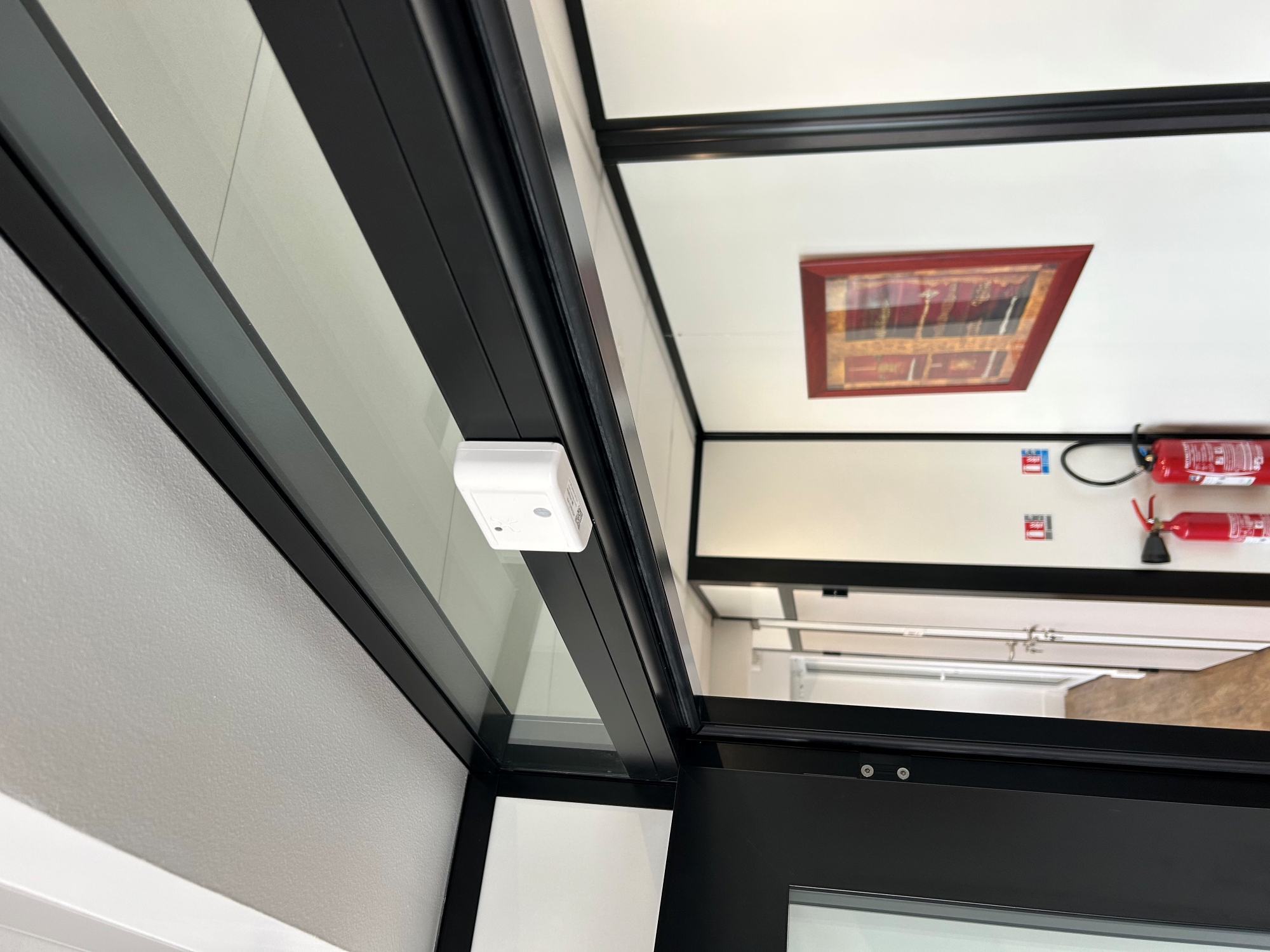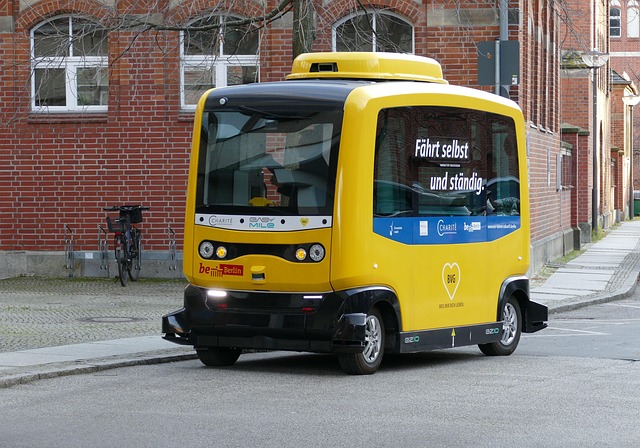
#SmartInnovation
27 January 2025
Reducing carbon footprint with IoT Sensors : yes, it's possible
Reducing carbon footprint is a major challenge for businesses, communities, and industries. IoT (Internet of Things), through the integration of smart sensors, is emerging as a key solution to optimize energy consumption, reduce waste, and improve resource management.
But how exactly do IoT sensors help reduce CO₂ emissions? What are the most effective applications? Let's explore this green revolution in progress.
IoT in Service of the Ecological Transition
Understanding Carbon Impact and the Role of IoT Sensors
An organization's carbon footprint primarily comes from:
- Energy consumption (buildings, industries, data centers, transportation…)
- Process inefficiencies (overproduction, waste of raw materials…)
- Lack of resource optimization (water, electricity, heating…)
IoT helps address these three areas by collecting and analyzing real-time data. With connected sensors, it becomes possible to monitor, adjust, and optimize consumption with unparalleled precision.
Key Uses of IoT Sensors to Reduce Carbon Footprint
Smart Energy and Building Management (Smart Building)
Buildings account for nearly 40% of global energy consumption. IoT sensors can act on several levers:
- Optimizing heating and air conditioning by adjusting temperature based on human presence.
- Smart lighting management with brightness and motion sensors.
- Detecting abnormal consumption to avoid unnecessary energy loss
➡ Example: A company that equipped its offices with temperature and presence sensors reduced its energy consumption by 25%.

Industry 4.0: Towards More Efficient Production
The industrial sector is key to reducing CO₂ emissions. With IoT sensors, industrial companies can:
- Practice predictive maintenance to avoid energy overconsumption due to faulty equipment.
- Optimize production lines by analyzing real-time consumption.
- Reduce raw material losses by monitoring rejection rates and optimizing production cycles.
➡ Example: An automotive manufacturer deployed IoT sensors to monitor its machines and reduced energy consumption by 18%.
Optimizing Logistics and Transportation
Transportation is one of the main contributors to CO₂ emissions. IoT plays a key role in:
- Optimizing routes with GPS sensors and traffic flow analysis.
- Real-time monitoring of vehicle consumption to encourage eco-friendly driving.
- Optimizing truck and container loading to avoid unnecessary trips.
➡ Example: A delivery company reduced fuel consumption by 15% using IoT sensors to analyze routes and driver behavior.
Smart Cities: Towards More Sustainable Cities
Communities can also leverage IoT sensors to reduce their carbon footprint:
- Smart public lighting management by adjusting brightness according to time and traffic.
- Optimizing waste collection by equipping containers with fill sensors.
- Monitoring air quality to adjust traffic policies.
➡ Example: A French metropolis installed IoT sensors on its public lighting network, achieving a 35% energy saving.
Connected Agriculture: Producing More with Less
Agriculture is responsible for about 25% of global greenhouse gas emissions. IoT enables:
- Optimized irrigation, avoiding water waste.
- Precise management of fertilizers and pesticides, reducing soil and air pollution.
- Real-time monitoring of crops and livestock for better resource management.
➡ Example: A farmer who adopted IoT sensors to monitor soil moisture reduced water consumption by 30%.
Challenges and Best Practices for Successful Adoption
Securing IoT Infrastructure
With the proliferation of connected sensors, cybersecurity becomes a key issue. It is essential to:
- Encrypt data to prevent malicious interception.
- Regularly update systems to address security vulnerabilities.
- Isolate IoT networks from critical systems to limit risks.
Promoting System Interoperability
IoT relies on various communication protocols (LoRaWAN, Zigbee, 5G…). To avoid technological silos, it is preferable to:
- Choose solutions compatible with multiple protocols.
- Use centralized platforms to manage sensors in a unified manner.
- Rely on open standards to facilitate system evolution.
Measuring and Analyzing Gains Continuously
Once IoT is deployed, it is essential to monitor savings in real time and adjust strategies accordingly. Smart dashboards help identify improvement points and maximize positive environmental impact.
Conclusion: A Key Technology for a Greener Future
IoT and its smart sensors represent an unprecedented opportunity to reduce the carbon footprint of businesses, communities, and industries. Whether through energy optimization, transportation management, connected agriculture, or Smart Cities, these technologies enable concrete action on CO₂ emissions.
Adopting IoT means investing in responsible and sustainable innovation. So, are you ready to integrate these solutions for a positive impact on the environment ?









